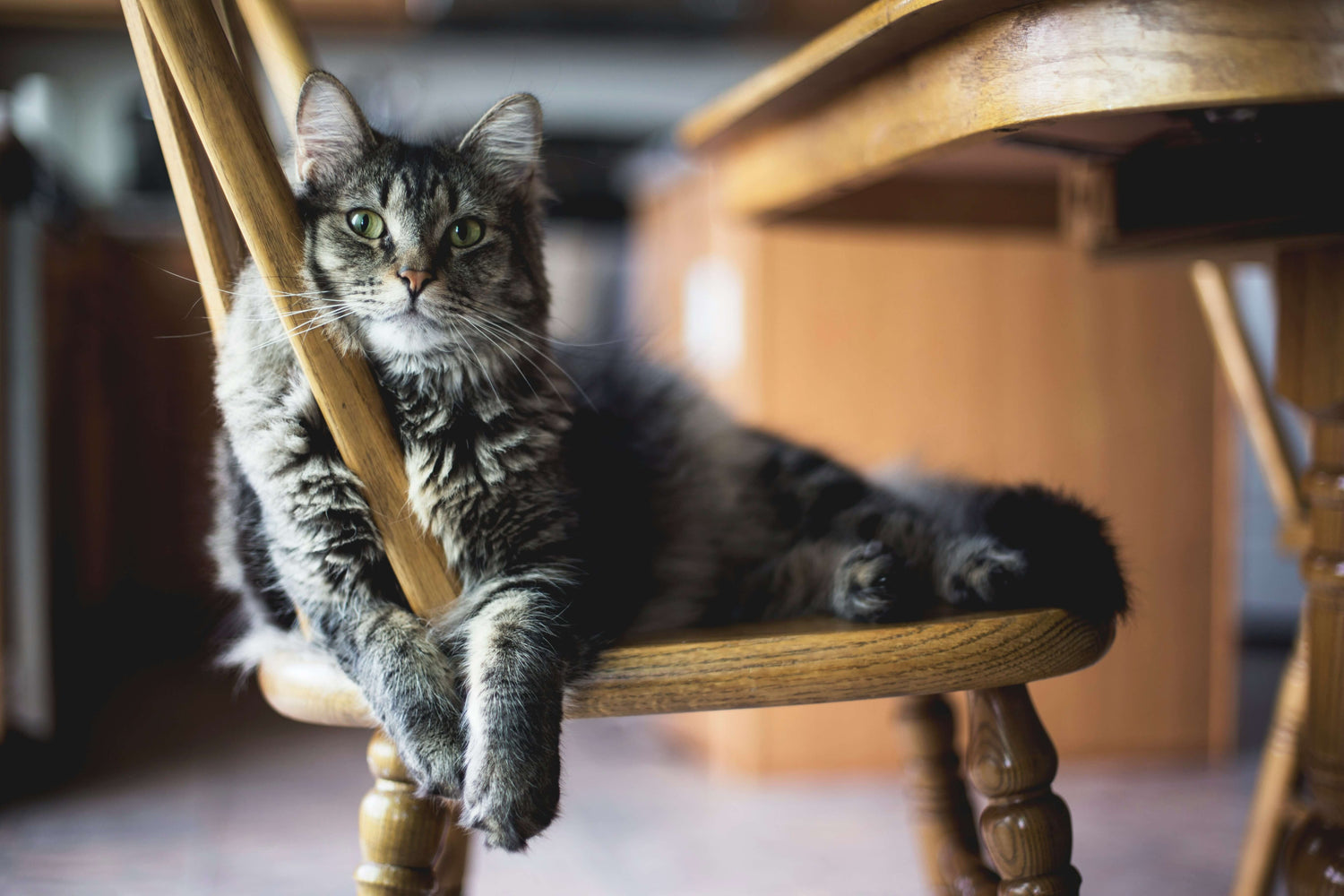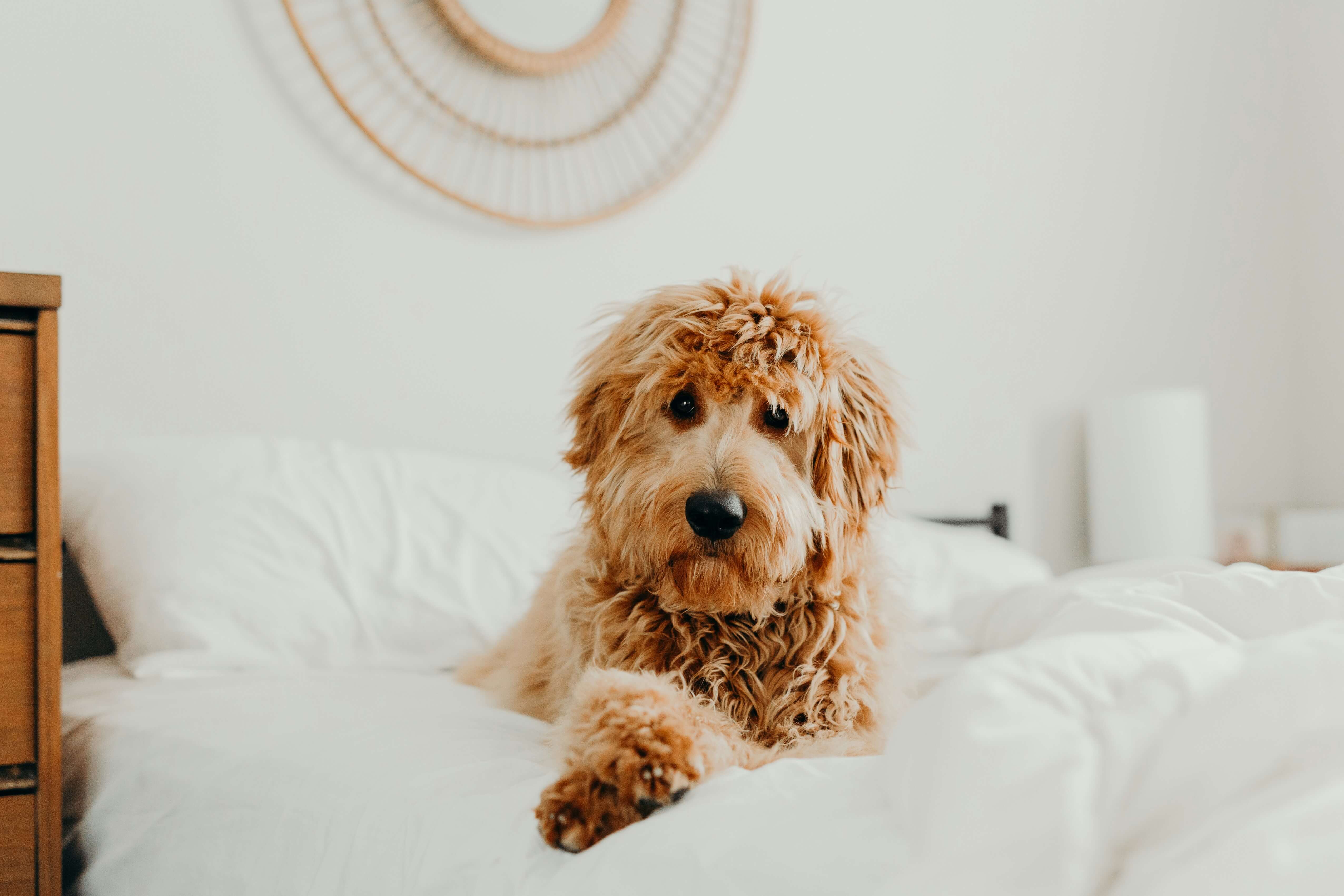A house move can be just as stressful for our cats and dogs as it is for us humans. Our four-legged friends are creatures of habit, so having their routine disrupted can leave them feeling anxious and disorientated. There are, however, a few ways to make sure your pet feels happy and calm amid the packing chaos. Here are HiLife’s top tips…
Preparing your cat or dog for moving home
Careful planning can help smooth out the moving process and keep your pet as relaxed as possible leading up to the big day.
Set up a ‘safe’ room
It’s important to maintain your pet’s routine as much as possible prior to the big move, so setting up a space where your pet can continue their day-to-day activities with minimal disruption is a good idea. Make sure to move your pet’s food and water bowls, toys, beds and any litter trays into that space. In addition to maintaining a sense of normality, this will provide a comfortable space for your pet to stay during moving day.
Make sure microchips are up to date
A new environment may be confusing at first to your pet, which might make them more likely to go exploring outside — especially with cats’ adventurous natures. Making sure that your pet’s microchip details are up to date will reduce the risk of them becoming lost in a new area.
Establish a plan for moving day
It might be useful to leave your pet with a family or friend during the move itself to minimise stress; however, this isn’t always possible. In that case, it’s important to make sure that your pet is ready for car travel — either with a secure cat carrier or a doggy seat belt.
On the day, it’s best to leave your cat or dog in their ‘safe’ room while everything is getting emptied and loaded up into the car or van. It’s also worth pencilling in time for toileting and exercise ahead of the trip. This is especially important for dogs — a long walk will help calm them down and keep them relaxed during the journey to your new home.
Helping your cat or dog settle into a new home
Although moving to a new house can seem daunting for your pet at first, taking the right steps will help them settle into their new home in no time.
Make your pet feel at home
The new surroundings may cause your cat or dog to feel confused or anxious initially. To limit any upset, it’s a good idea to unpack their bedding, toys and bowls first to give them a sense of familiarity. It will be reassuring for your pet to see and smell their home items.
Let your pet explore
Once you’ve done a safety sweep of your new home and garden, it’s beneficial to allow your cat or dog to explore their new environment in their own time. You may want to accompany your pet during their initial wandering; this will help them feel more confident and comfortable, as well as allowing you to keep an eye out for any signs of stress.
Maintain a routine
From the get-go, try sticking to a routine as much as possible. You may have to be patient at first; the disruption in routine may cause your pet’s habits to change a little — for example, with toileting. However, the more you remain regimented with your routine, the more likely they are to settle in faster.
For cats, it may be a little trickier to adhere to their usual routine. It’s recommended that they remain indoors in new homes for at least three weeks. Not only does this prevent them from wandering off; it allows time for your cat to ‘scent-mark’ the new territory and settle in. During this time period, you’ll need to use a litter tray, and once they’re ready to be let outside, you can sprinkle some of your cat’s litter around the garden to encourage them to toilet outside again.
Top tips from a pet behaviourist
We chatted to friend of HiLife Andrew Hale, Behaviour Consultant at Pet Remedy, who has a few extra tips on helping your pet stay calm when moving home.
• Use calming products, such as Pet Remedy plug-ins, in both the old and the new house.
• Clean the new home thoroughly, especially if the previous owners had a pet. This will help prevent any territorial behaviour.
• If moving locally, leave your contact details and a description of your cat for the new owners in case your cat tries to travel back to the old home.
Of course, the most important thing is giving our pets lots of love, attention, and patience during a big transition like this. You could even buy your cat or dog a little moving-in treat — check out our pet gift guide for some ideas!
How HiLife friends have coped with moving home
We also chatted to a few HiLife friends and their humans who have recently moved to a new house about their experiences. We asked them what helped their cat or dog most during the big move…
Tillie & Tigger (@_2scottishmoggies on Instagram)

“We found it useful to block off any potential hiding spots — for example, behind the washing machine. If they’re scared when first moving into a new house, they may seek shelter in a potentially dangerous hiding place. We left the cat crate down with the door off, so they could hide in there or under the bed. This also reduces the likelihood of you thinking they’ve got lost!
“After taking the right steps, they’ve definitely settled in now. You can tell how much so in these pictures!”

Flo (@flothecav on Instagram)
“What really helped our Flo settle in was making sure that every main room in the house had something familiar or comforting to her. We set up the kitchen, living room and office with a bed, blanket or her favourite beanbag — all of which had her scent on them. As soon as she entered the new house, she ran straight to her favourite bed and felt at ease.”



